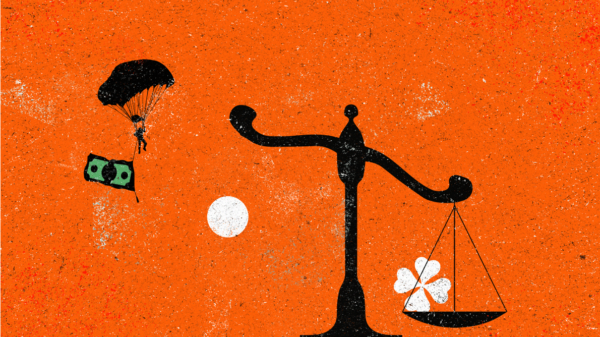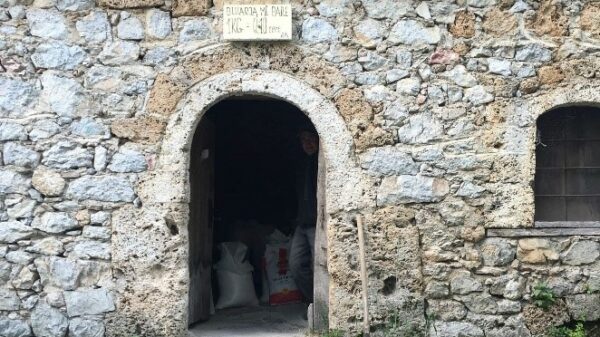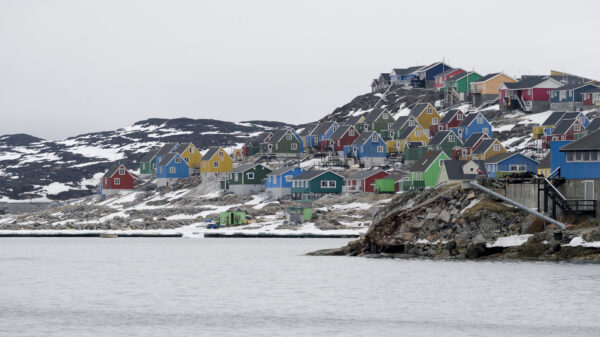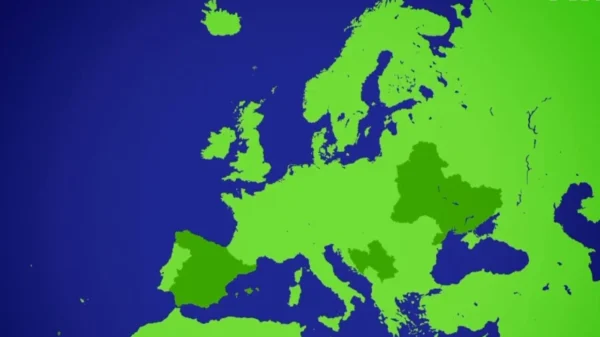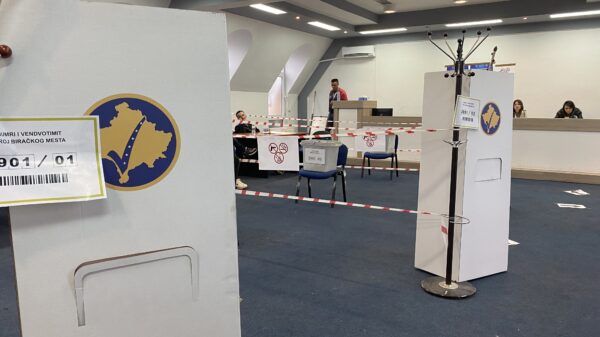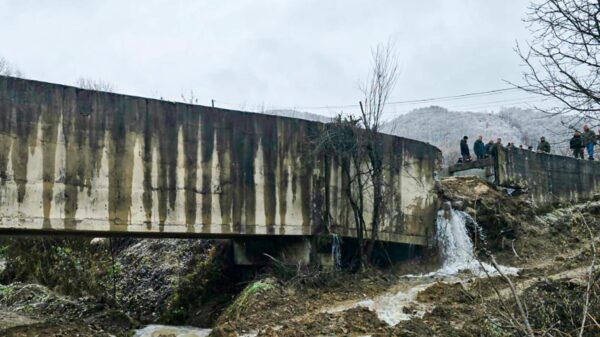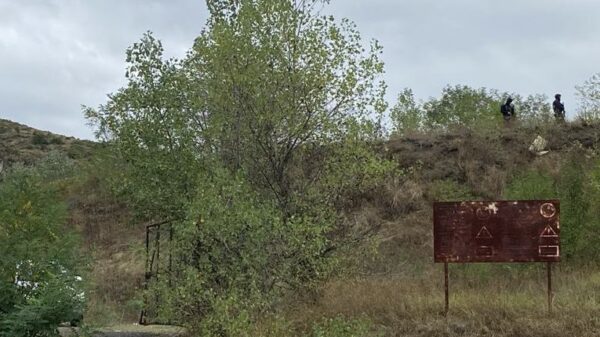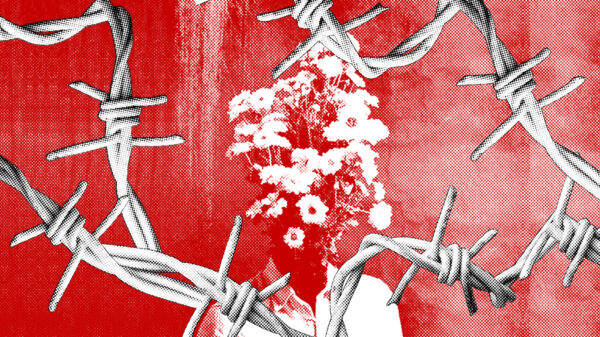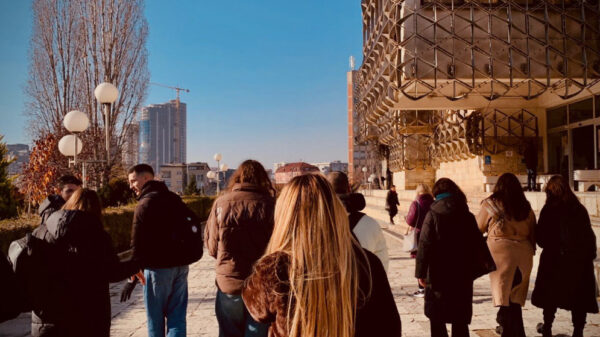Dealing with many crises at the same time, cities nowadays have to better plan for disaster reduction and response and invest in resiliency building.
It seems that while humanity has been shaping the living environments to suit their needs for quite some time now, uncontrolled and greedy practices are backfiring. Loss of green and productive agricultural land to new constructions and infrastructural developments, over-extraction, and inefficient consumption of resources to support the growing population and their standard of living, to name a few.
Cities emit around 70% of the total global greenhouse gasemissions, therefore are key contributors to global warming. However, even if global efforts increase and manage to limit global warming to 1.5 oC oby 2030, the adverse effects of current warming will continue.
Planifikimi dhe zhvillimi i keq i qytetit = rritje e rreziqeve të ndryshimeve klimatike
Worldwide, many cities, in both developed and developing countries, are already dealing with climate change impacts. Those in the Western Balkans are no exception since the region is one of the global warming hotspots. Kosovo has already witnessed rising temperatures, with the past two decades being the warmest on record.
This has been accompanied by an increased frequency of heat waves, droughts, forest fires, and flood events. While the damages from floods have been mainly financial (such as land or crop damage, infrastructure collapse or deterioration, buildings, and built heritage structural compromising) in most of the municipalities so far, during the January 2021 floods people had to be evacuated in Fushë Kosova and Gjakova,whereas in June 2023 floods a five-year-old and his young mother died in Peja. In January 2023 floods, one municipality only, Skenderaj,suffered almost 12 million EUR in damage to physical assets and infrastructure.
Inefficient city planning, development, and management contribute to increased greenhouse gas emissions and pollution, but they can also increase exposure and vulnerabilities toward current or expected climate change impacts. During the period of 2000-2018, the total urban area in Kosovo grew by 57%, increasing from 1% of the total territory to 1.5%.Rural to urban migration, along with the lack of institutional capacities, poor initial spatial planning documents planning and implementation, and extended procedures for building permits were some of the factors contributing to new illegal and informal constructions happening all around Kosovo’s territory – including risk-prone areas.
Kosovo’s Climate Change Strategy 2019-2028 identifies uncontrolled urbanization, inadequate land use and municipal planning, illegal construction in hazardous areas, and failure to comply with the building codes as factors contributing to increased climate risks. Even though overall development has been more controlled in the past years, there is still inefficient land use development ongoing, such as sprawl and loss of open and green urban spaces to new constructions.
According to a study by the Regional Cooperation Council, the Western Balkans region is expected to experience an 1.7-4 oC of warmingoC by the end of the century. Temperatures in the mountain areas will increase, thus causing less snow cover and increased spring flooding. Urban areas are expected to experience increased temperatures, water shortage, but also flash floods. These occurrences have detrimental effects on human health, physical infrastructure, agricultural productivity, ecosystems, biodiversity, and service delivery. They lead to higher economic costs and exacerbate social disparities since not all have equal means to relocate or adapt.
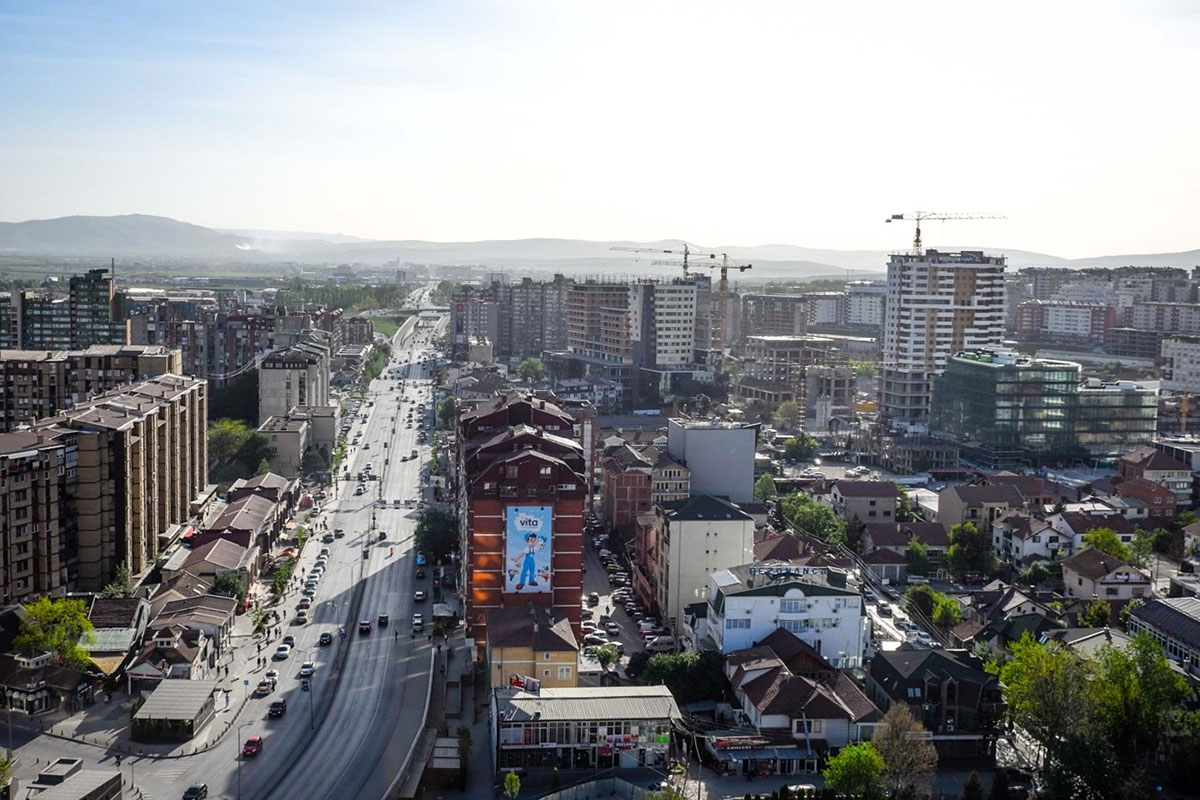 Source: pixabay.com
Source: pixabay.com
According to 2021 research conducted by the UN-Habitat Kosovo in all 38 municipalities, many municipalities have started undertaking some measures to adapt to climate change. For example, Lipjan, Gjilan, Peja, Klina, Shtërpca, Mitrovica South, and Zubin Potok have limited the uncontrolled settlements expansion and have restricted building in risk-prone areas through their Municipal Development Plans, whereas Vushtrri and Suhareka have mapped flood-prone areas within their Municipal Zoning Maps to reduce risks and increase community, infrastructure, and agricultural land protection.
Peja, Mitrovica South, Gjakova and Rahovec, and Ranillug have also restored their riverbeds as flood protection measures. Zubin Potok, Shtërpca, Ranillug, and Vitia have undertaken measures to restore the damaged ecosystems from fires, whereas Mitrovica South, Zveçan, and Theranda have invested in increasing green areas.
However, as the damages and losses from the related impacts continue to increase in almost all municipalities, much more commitment, better planning, and smarter investments are needed.
Dealing with many crises at the same time, cities nowadays have to better plan for disaster reduction and response and invest in resiliency building. Considering the regulatory character and influence in terms of the spatial distribution of activities and intensity of land uses, spatial planning is gaining an increasingly important role in climate change management.
Urban planners have unique skill sets (working on different scales and levels, using different software and data-driven analysis as well as community feedback) and think long-term, therefore can better support in understanding the bigger picture and the balancing of community needs in space.
Lëvizja drejt një të ardhmeje neto-zero
While many countries and cities around the world have made climate change an integral part of their legal framework and development strategies, a 2022 study shows that the current Law on Spatial Planning and the Spatial Plan of Kosovo does not sufficiently include climate change considerations. Integrating climate change considerations into various sectors, including spatial planning, is crucial for building resilience and achieving a net-zero future.
Yet, with limited human and financial capacities, adapting to climate change in Kosovo municipalities becomes more difficult; thus, increasing its vulnerability. In addition, the existing context (such as incompliance with spatial plans, illegal buildings, and informal settlements) increases exposure to related impacts. On the other hand, insufficient environment and climate-related data make it more difficult to plan for a more climate-resilient future.
As such, there is a need for increased research,capacity building, and investments in climate adaptation and resiliency building.










